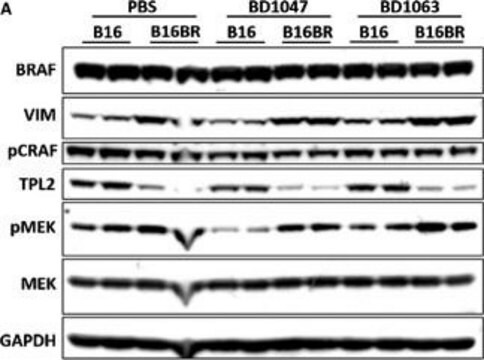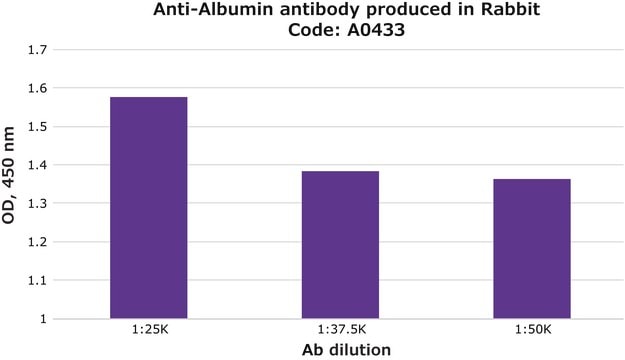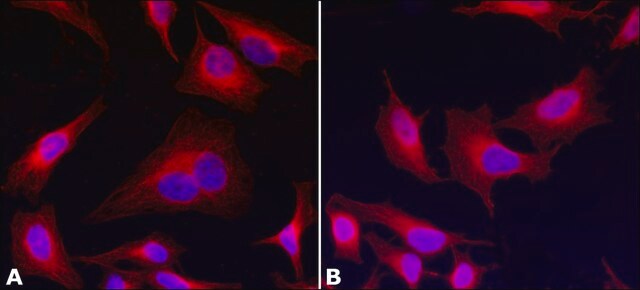ABN1649M
Anti-TMC1
serum, from rabbit
Synonym(e):
Transmembrane channel-like protein 1, Beethoven protein, Deafness protein, Transmembrane cochlear-expressed protein 1
About This Item
IF
WB
immunofluorescence: suitable
western blot: suitable
Empfohlene Produkte
Biologische Quelle
rabbit
Qualitätsniveau
Antikörperform
serum
Antikörper-Produkttyp
primary antibodies
Klon
polyclonal
Speziesreaktivität
mouse, monkey
Verpackung
antibody small pack of 25 μL
Methode(n)
immunocytochemistry: suitable
immunofluorescence: suitable
western blot: suitable
Isotyp
IgG
NCBI-Hinterlegungsnummer
UniProt-Hinterlegungsnummer
Posttranslationale Modifikation Target
unmodified
Angaben zum Gen
mouse ... Tmc1(13409)
Allgemeine Beschreibung
Spezifität
Immunogen
Anwendung
Neurowissenschaft
Immunofluorescence Analysis: A representative lot detected TMC1 in P9 mouse outer hair cells (OHCs) (Kurima, K., et. al. (2015). Cell Rep. 12(10):1606-17).
Western Blotting Analysis: A representative lot detected TMC1 in COS-7 cells (Labay, V., et. al. (2010). Biochemistry. 49(39):8592-8).
Western Blotting Analysis: A 1:1,000 dilution from a representative lot detected TMC1 in HEK293 cells transiently transfected with Fugene and TMCx-cherry cDNAs (Courtesy of Dr. Angela Ballesteros).
Immunofluorescence Analysis: A representative lot detected TMC1 in COS-7 transfected cells expressing TMC1-GFP (Courtesy of Dr. Angela Ballesteros).
Qualität
Western Blotting Analysis: A 1:500 dilution of this antibody detected TMC1 in 10 µg of mouse retinal tissue lysate.
Zielbeschreibung
Physikalische Form
Lagerung und Haltbarkeit
Sonstige Hinweise
Haftungsausschluss
Sie haben nicht das passende Produkt gefunden?
Probieren Sie unser Produkt-Auswahlhilfe. aus.
Lagerklassenschlüssel
12 - Non Combustible Liquids
WGK
WGK 1
Flammpunkt (°F)
Not applicable
Flammpunkt (°C)
Not applicable
Analysenzertifikate (COA)
Suchen Sie nach Analysenzertifikate (COA), indem Sie die Lot-/Chargennummer des Produkts eingeben. Lot- und Chargennummern sind auf dem Produktetikett hinter den Wörtern ‘Lot’ oder ‘Batch’ (Lot oder Charge) zu finden.
Besitzen Sie dieses Produkt bereits?
In der Dokumentenbibliothek finden Sie die Dokumentation zu den Produkten, die Sie kürzlich erworben haben.
Unser Team von Wissenschaftlern verfügt über Erfahrung in allen Forschungsbereichen einschließlich Life Science, Materialwissenschaften, chemischer Synthese, Chromatographie, Analytik und vielen mehr..
Setzen Sie sich mit dem technischen Dienst in Verbindung.







